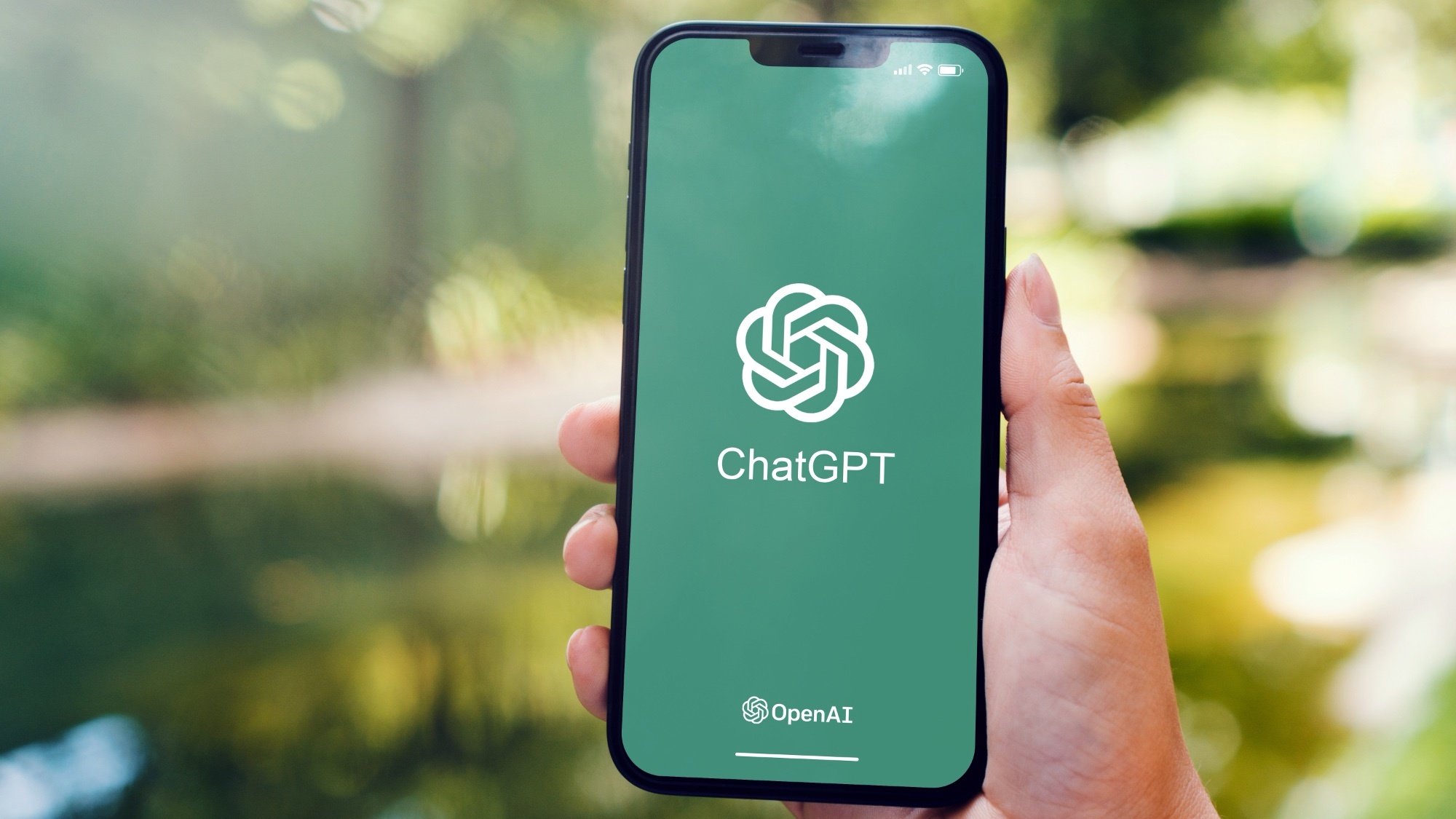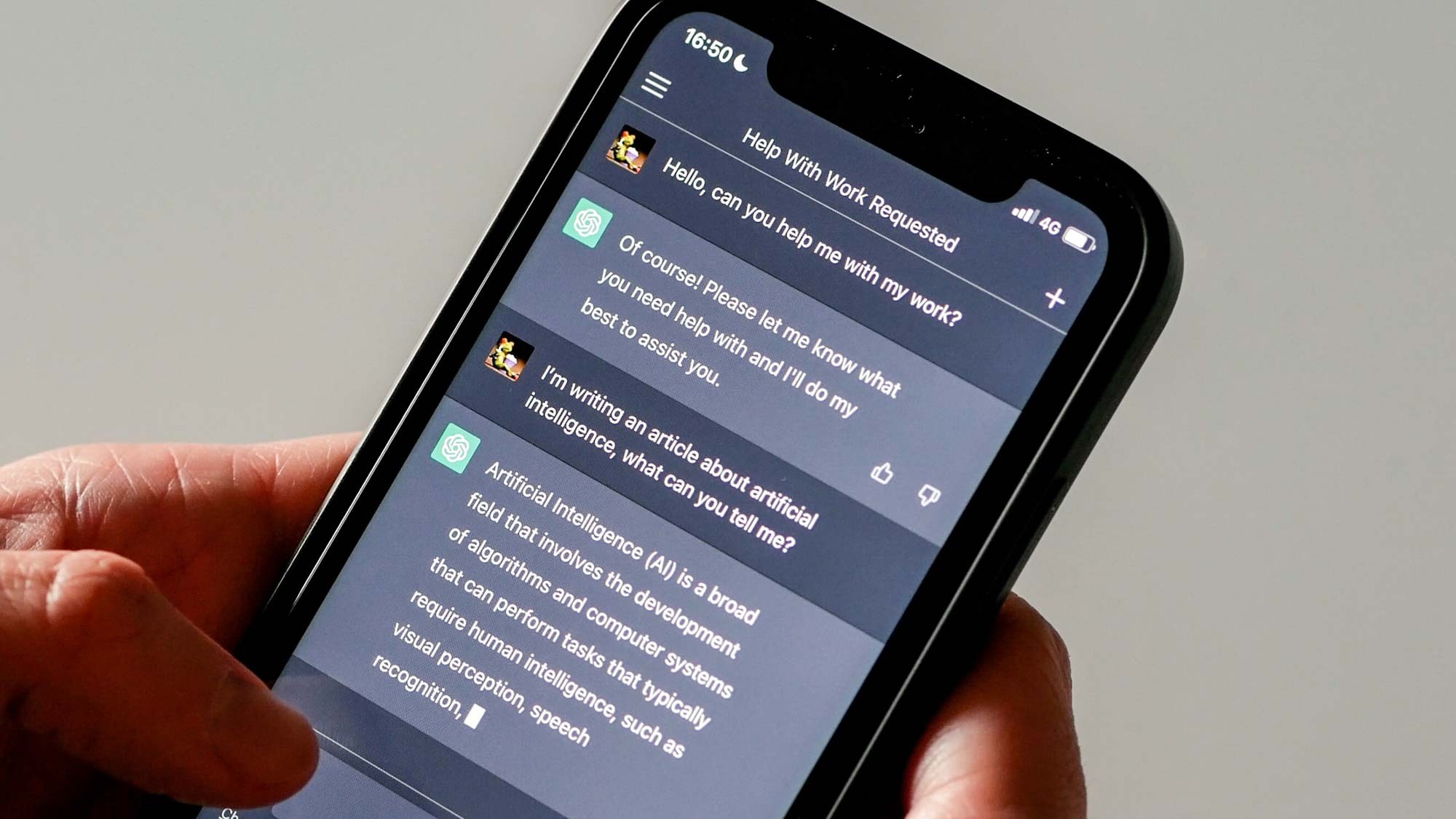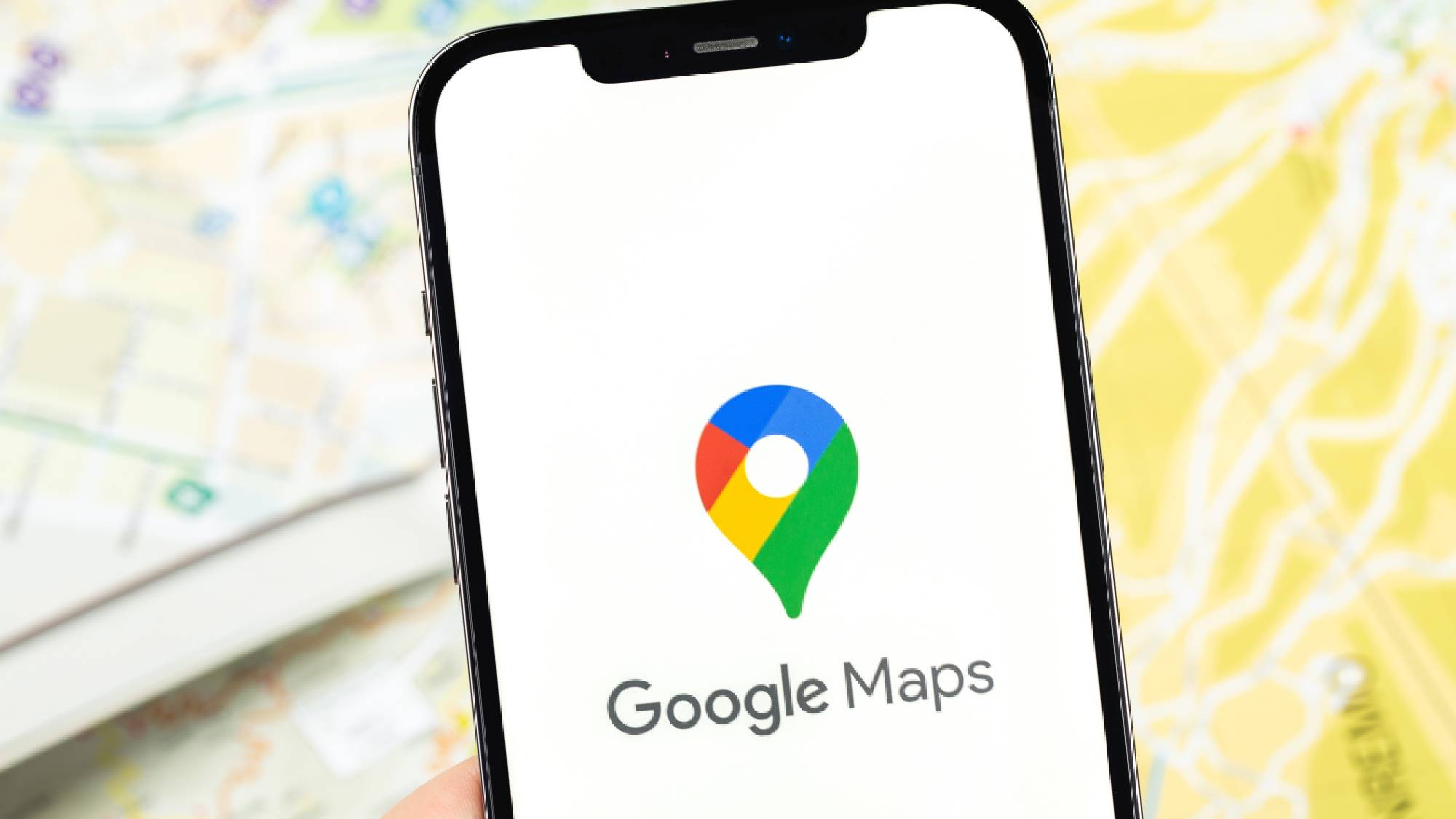These 5 ChatGPT prompts are the key to squashing arguments before they start
ChatGPT can help defuse tension and find the right words when emotions run high

We’ve all had those days when our mood is just off. Maybe you woke up on the wrong side of the bed and sent a snippy response to a text and later snapped at your partner after a long day. It happens to the best of us.
In the heat of the moment, it can be hard to find the right words. So, after a disagreement with a former neighbor, I discovered just how well ChatGPT can help offer step-by-step coaching for conflict-resolution.
Some users turn to ChatGPT as a therapist in a pinch, but it really shouldn’t be used as such nor should it take the place of a human therapist. However, ChatGPT can be a useful guide for reframing conversations, reflecting on the disagreement and giving me a moment of calm pause before things turn into full-blown battles.
Why try ChatGPT for conflict resolution?

If I’m upset and reach out to friends and family for advice, they naturally take my side. That isn’t always helpful, especially if I already think I’m the right one in an argument. The best reason to use ChatGPT is because it doesn’t take sides. It also doesn’t judge or bring up past grievances. It can read the situation from a neutral perspective and give it to you straight. That’s why it’s a useful mediator when emotions are high.
I used it in numerous scenarios. I’ve uploaded screenshots of conversations to help me see what I might be missing from the other person’s perspective. I’ve asked it to evaluate my messages. I’ve used it to rephrase emotional emails and even asked it to role-play difficult conversations.
The idea is to use ChatGPT as a way to turn knee-jerk reactions into something more constructive to avoid a conversation or situation escalating.
Where ChatGPT shines

1. Drafting calm, empathetic responses
I tested ChatGPT by pasting in a message I was tempted to send: “You never help around the house, and I’m sick of it.” Unsurprisingly, ChatGPT suggested a softer version: “I’ve been feeling overwhelmed with chores lately. Can we talk about how to divide things more evenly?” It’s still direct, but it avoids the blame-heavy “you never” that usually escalates fights.
2. Offering multiple perspectives
When I asked how to explain a decision to my kids, ChatGPT offered three approaches — firm, empathetic and playful. Having options helped me pick the tone that matched the situation.
3. Helping me practice tough conversations
One feature I found surprisingly useful was role-playing. I have asked ChatGPT to pretend to be the other person (neighbor, PTA mom, my husband, etc.). Playing out the conversation in advance made me feel less nervous about how I would handle my feelings about the real issues.
Get instant access to breaking news, the hottest reviews, great deals and helpful tips.
Where ChatGPT falls short
Too formal at times. ChatGPT often defaults to business-like phrasing: “I apologize for any inconvenience this has caused.” That’s fine in an email, but it sounds robotic when you’re talking to your spouse or kids.
Struggles with nuance. Conflict is messy, with history and emotion baked in. While I try to give as much background as possible to the chatbot, it doesn’t always pick up on subtleties, and sometimes its advice felt a little generic; like telling me to “stay calm” when what I needed was a specific sentence to defuse tension.
Not a replacement for real mediation. Serious conflicts, whether professionally or in personal relationships, often need human intervention, whether that’s HR, a therapist or a trusted friend. ChatGPT is great for scripts and practice, but it can’t replace human empathy.
Prompts that actually worked

If you want to try this yourself, here are a few prompts that gave me solid results:
- “Help me rewrite this text so it doesn’t sound confrontational.”
- “Give me three calmer alternatives to saying ‘you always’ or ‘you never.’”
- “Role-play a conversation where I explain I’m upset without blaming.”
- “Suggest one sentence that validates the other person’s feelings while stating my perspective.”
These simple tweaks often made the difference between a fight escalating and a productive discussion.
The takeaway
ChatGPT won’t magically make all the disagreements in your life disappear, but it can help you pause, slow down and think before you speak (or text back). It’s been a game changer for my marriage, tackling discipline with my kids and has helped strengthen relationships that might have otherwise been disrupted by a misunderstanding.
It’s not a substitute for empathy, patience or professional help — but when used thoughtfully, ChatGPT can be an unexpectedly useful conflict-resolution assistant.
Follow Tom's Guide on Google News and add us as a preferred source to get our up-to-date news, analysis, and reviews in your feeds. Make sure to click the Follow button!
More from Tom's Guide
- Alexa+ isn’t just for setting timers — 5 hidden features I actually use daily
- Nano Banana isn’t just for viral trends — here’s how I use it to fix and edit everyday photos
- AI billionaire’s advice to teens: Master 'vibe coding' — here’s 5 prompts to get started

Amanda Caswell is an award-winning journalist, bestselling YA author, and one of today’s leading voices in AI and technology. A celebrated contributor to various news outlets, her sharp insights and relatable storytelling have earned her a loyal readership. Amanda’s work has been recognized with prestigious honors, including outstanding contribution to media.
Known for her ability to bring clarity to even the most complex topics, Amanda seamlessly blends innovation and creativity, inspiring readers to embrace the power of AI and emerging technologies. As a certified prompt engineer, she continues to push the boundaries of how humans and AI can work together.
Beyond her journalism career, Amanda is a long-distance runner and mom of three. She lives in New Jersey.
You must confirm your public display name before commenting
Please logout and then login again, you will then be prompted to enter your display name.









